
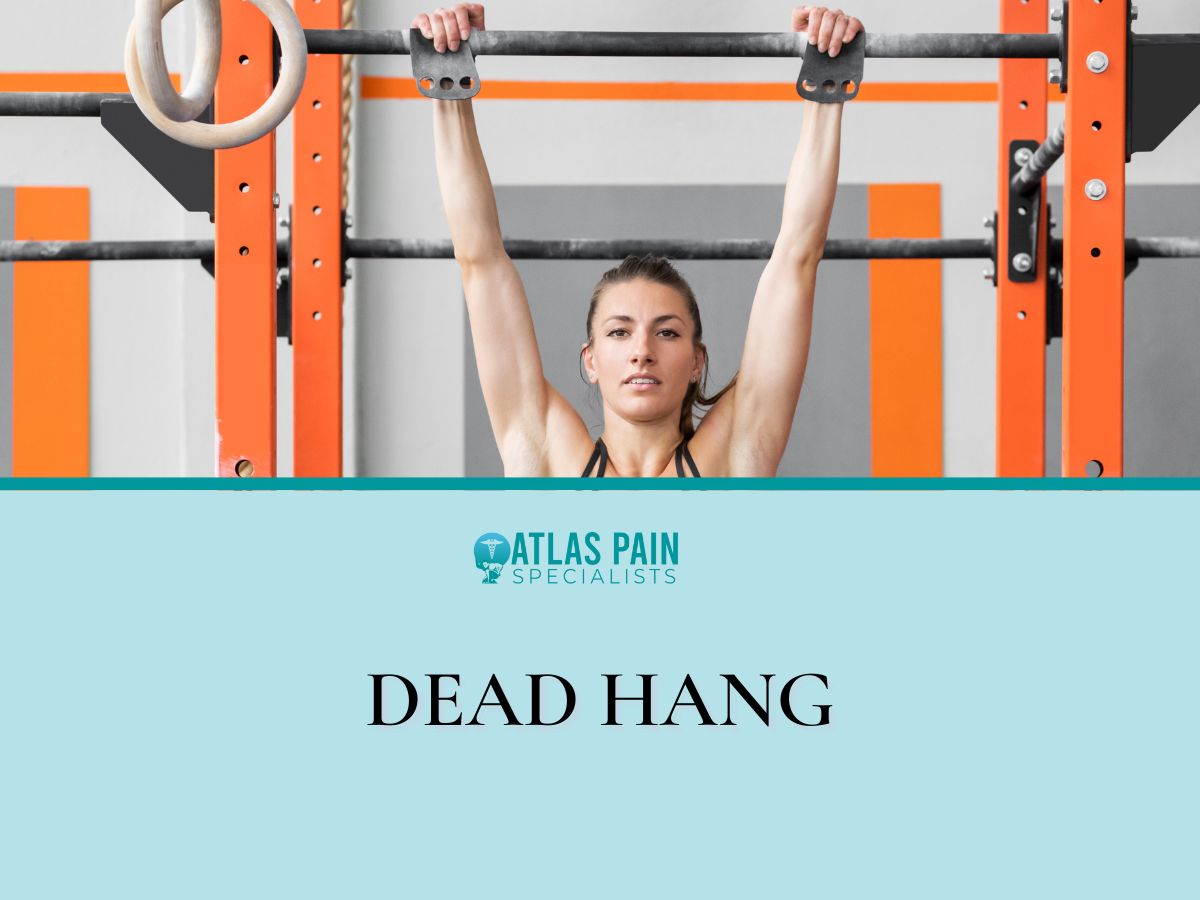
Dead Hang
Dead hang pull-ups are a classic exercise used for decades to build upper body strength and mass. They are a great way to improve your back, shoulders, arms, and core. Dead hang pull-ups require a lot of strength and control, but they can be made easier or harder depending on the intensity of the exercise.
This blog will provide a detailed introduction to dead hang pull-ups and the benefits of performing this exercise. Whether you're just starting or a seasoned weightlifter, bodybuilder, or athlete, this blog will have something to offer everyone. So, let's get started with our introduction to dead hang pull-ups!
What are dead hangs?

Dead hangs are a straightforward yet highly effective exercise that involves, well, hanging. You can do more than simply pull-ups on the gym's bars. Alternatively, you could use whatever old bar you have lying around. They are great for the dead hang as well.
If you already have a bar, you can get into position for a pull-up. Your torso should be hanging from the bar with an overhand grip, hands slightly wider than shoulder-width, and your legs straight and off the ground.
When you jump up to grab something, you put unnecessary stress on your shoulder joints and prevent yourself from getting into a good starting position. We stress the importance of not jumping to grab the bar for the dead hang. Line up your hands on a bench, plyo box, or anything else, and then slowly release your legs off the box while letting your torso hang.
Passive Dead Hang vs. Active Hang
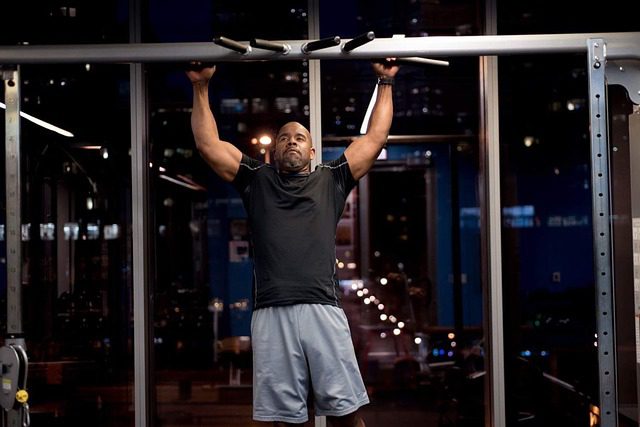
When dead hanging with a neutral grip, you have a few options: You can either relax into the stretch by letting your body hang, or you can use it to gain strength by holding an isometric contraction of your muscles.
In contrast to the active dead hang, which emphasizes contracting the muscles, the passive dead hang, in which the legs dangle straight down, is a stretching position. Although the shoulder joints are still engaged, the rest of your muscles should be lengthening.
The active dead hang transforms the stretch into a muscle-developing exercise. Once you're in place, hang your legs slightly before you rather than hanging straight down and concentrate on maintaining a full-body contraction.
You can strengthen your back and shoulders by rolling your shoulders outward and retracting your shoulder blades, much as you would in a latissimus dorsi exercise. Focus on tightening every muscle in your entire upper arm.
Engage your abs, hip flexors, glutes, quads, hamstrings, and calves as you raise your legs in front of you. Your goal should be to keep your muscles contracting from head to toe the entire time. Now it doesn't seem that simple.
How To Do The Dead Hang: Form, Muscles Worked, And Variations

The dead hang is not the most fun bodyweight exercise; we'll be the first to say it. After all, you need to hang from a pull-up bar for a few seconds.
The dead hang, however, is still a beneficial workout despite its lack of motion. Although it won't help you bulk up like deadlifts and probably won't increase bicep size, it's still a good exercise to incorporate into your routine. Here, we'll break down the whys and hows of the dead hang in great depth.
Dead Hang: Muscles Worked And Benefits
Dead hangs are an effective workout that many overlook due to their apparent simplicity. The advantages of dead hangs consist of the following:
- Better Grip and Greater Upper-Body Size
Dead hangs are primarily useful for strengthening the forearms and the grip. Your forearms contain about 20 muscles, most of which fall into either the flexor or extensor category.
The extensor groups are responsible for opening the hands and extending the wrists backward, whereas the flexor groups are responsible for closing the hands and flexing the wrists downward. Grasp strength and forearm size can be increased by performing dead hangs, which tests and develops your grasp.
- Spinal Decompression
Heavy squats, deadlifts, and overhead presses place great pressure on your spinal column. The compression of the intervertebral disks can also cause short-term height loss. You'll recover any lost height, and the disks will return to normal within an hour or two after your workout.
When supported by your arms, the weight of your lower body gently pulls your vertebrae apart, giving your disks the room they need to expand. This is called "distracting a joint" in the medical field. However, performing dead hangs may accelerate this procedure.
If your chest feels tight after a squat or deadlift session, do some dead hangs between sets or afterward.
- Strengthen Your Lower Traps
While it may seem like all you're doing with a dead hang is strengthening your grip, that's not the case. To prevent undue strain on your shoulder ligaments, bring your shoulders down and back when performing dead hangs.
While depressing or pulling down on your shoulder requires tremendous effort, retracting or pulling your shoulders back requires almost no effort. The lower traps are responsible for depressing the shoulders.
Shoulder soreness is a common complaint, and it is often the result of weak lower traps. By improving shoulder joint and girdle stability, which is commonly lacking in weaker individuals, this often-underdeveloped muscle can help lessen the likelihood of shoulder injury.
- Stretch Your Lats
The latissimus dorsi (lats) can become short and tight, just like any other muscle in the body. Stronger, bigger lats can be built with exercises like Kroc rows, pull-ups, and even deadlifts, but all that weight lifting can shorten this important back muscle.
The lats are notoriously difficult to stretch properly. If your lats are too tight, it could affect your posture and the range of motion in your shoulders. They can also cause injuries.
In a dead hang, your back is fully extended, giving your lats a deep but comfortable stretch. As your lats become more flexible, you'll find that overhead movements like presses and chin-ups become less of a challenge.
- Better Posture
Your posture or how your joints are positioned can have positive or negative effects. Muscles and joints are not overworked when you have good posture. However, the opposite is true about poor posture, which can lead to increased muscle tension and even pain. The way you look can be negatively impacted by slouched posture as well.
Prolonged sitting and the stress of gravity on your bones and muscles can lead to serious postural problems. Every moment of the day is spent having gravity pull you forward and down.
Regular dead hangs have been shown to improve posture. By stretching the body in a dead hang, you can counteract the negative effects of gravity and slouching. After performing a series of dead hangs, you should have a more confident posture.
How to Do a Dead Hang With Perfect Form
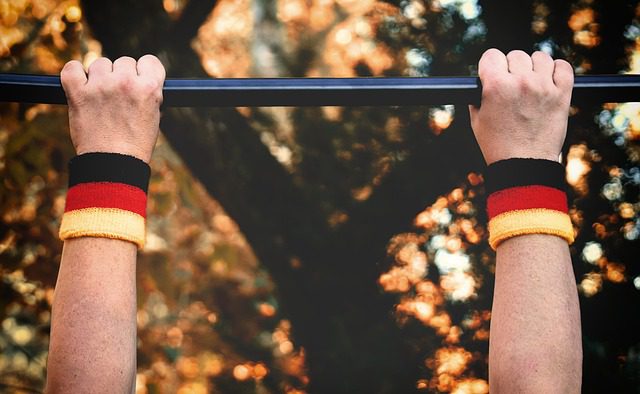
Start with two to four dead hangs lasting ten to sixty seconds each. If you can't maintain good form throughout each set, don't do as many sets or hold for as long.
1. Put a complete overhand grip on a pull-up bar. The distance between your hands should equal to or be slightly more than between your shoulders. If you cannot perform a pull-up from the bar, you should do so from a plyometric box or a stable flat bench.
2. Get down from the stool and let your legs dangle. Stand tall with your feet shoulder-width apart and your arms at your sides. You want to maintain a neutral spine and pelvis. Bring your rib cage down and tuck your pelvis ever-so-slightly.
3. Squeeze your abs and your thighs while you do this. The lats can be activated by rotating the shoulders outward. The natural position of your shoulder blades is up and away from your spine. As if you were holding an egg under your chin, keep your chin tucked the whole time. At this point, you should start all future repetitions.
4. Keep your grip firm and your body tense to prevent yourself from swinging. Maintain pressure for as long as you like.
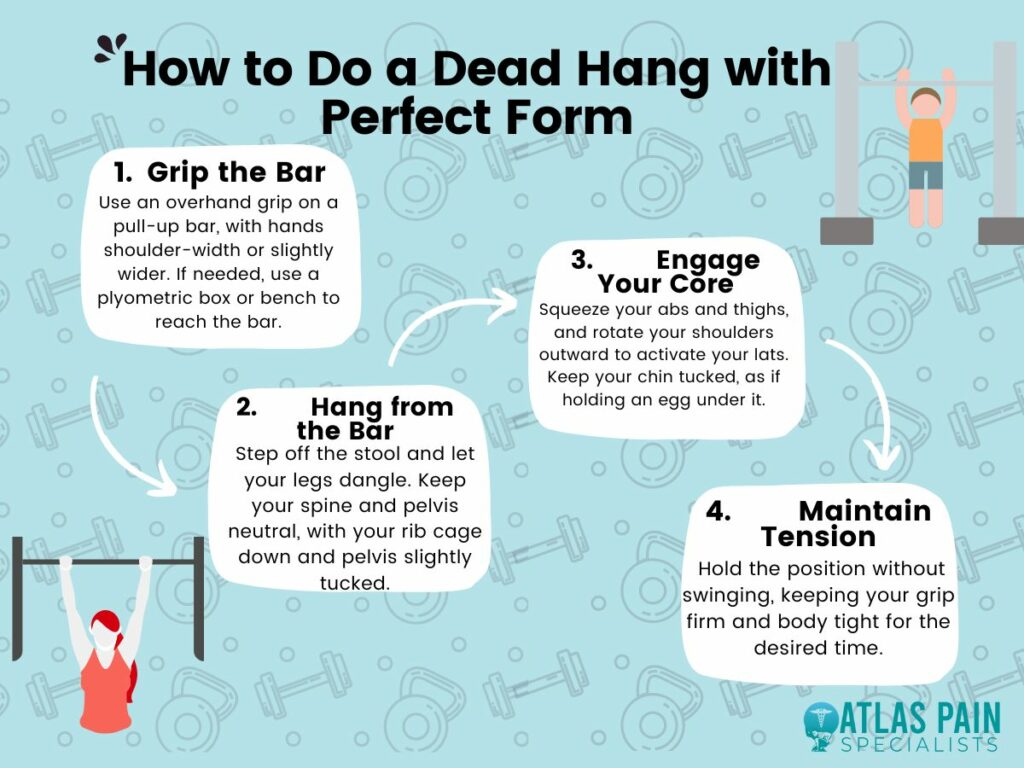
Dead Hangs vs. Pull-Ups: What's the Difference?

The dead hang and the pull-up are effective upper-body exercises because they require you to use only your body weight.
Movement pattern
The dead hang is a static isometric exercise involving actively toning your muscles while suspended in a passive hang. On the other hand, pull-ups call for a full range of motion in the elbows and shoulders as the body is raised upward.
Action of Muscles
The latissimus dorsi is one of the many muscles that dead hangs and pull-ups work. To perform a pull-up, however, you must engage more muscle fibers in your back, shoulders, and arms.
Level of Difficulty
In comparison to dead hangs, pull-ups are notoriously challenging. As a warm-up, try increasing the time you can stay in a dead hang before attempting a pull-up.
How to Work Out Safely and Avoid Injury
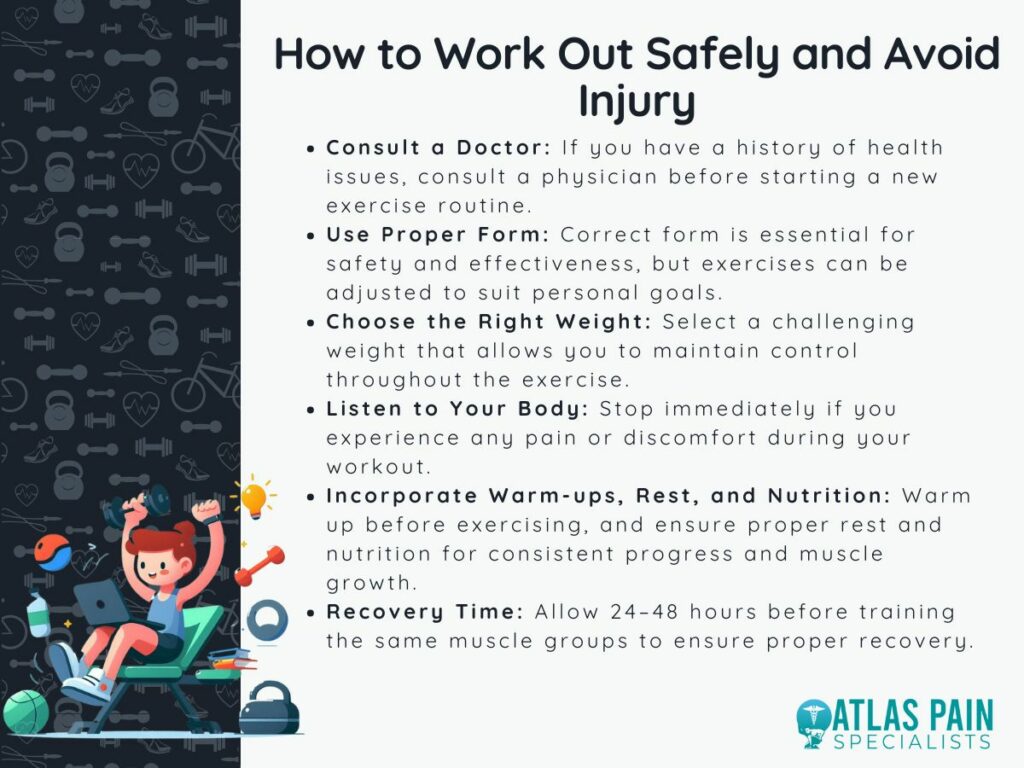
See a doctor before starting any new exercise program if you have a history of health problems. For an exercise program to be safe and effective, proper form must be used, but you may need to adjust to each exercise to meet your specific goals.
Choose a weight that challenges you while still letting you maintain complete control. Listen to your body carefully during exercise; if you feel any pain or discomfort, stop immediately.
Consistent improvement and muscle growth result from an exercise routine that includes warm-ups, rest, and nutrition. The success of your workouts will depend on how well you recover from them. To ensure proper recovery, it is recommended to wait between 24 and 48 hours before training the same muscle groups again.
Are Passive Dead Hangs Bad For You?
On the contrary, passive dead hangs are beneficial in many ways for one's health. The primary mechanism by which the dead hang works may be taxing on the shoulders, but this is not the case.
If you're doing any activity that requires you to lift or move your arms, the mobility of your shoulder joints improves while you hang. That's pushing them to the limit. Shoulder motion is significant for even the most basic back squat movements, such as holding the bar.
Stretching the supraspinatus tendon in the shoulder through dead hangs is beneficial for the shoulder's range of motion and general health. However, the benefits of this move far outweigh those of the typical quick cross-body stretch performed after an intense upper-body dumbbell workout. If you have shoulder pain, you should talk to your doctor before making any drastic changes.
Moderation is the key, as it is with everything else. Repeatedly using this motion throughout the day puts excessive strain on your shoulders. Instead, aim for two to three times weekly and use the correct form to reap the full benefits of passive dead hangs for your entire body.
About Dr. Sean Ormond



